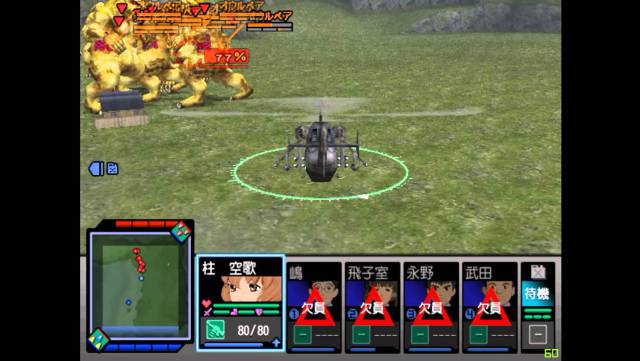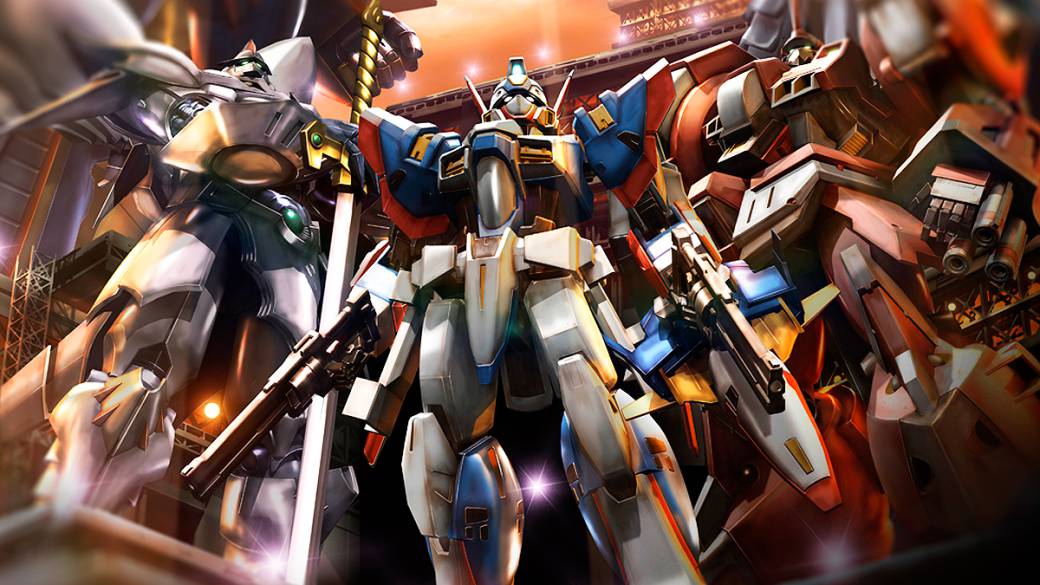
We offer a new article from Hunters of Lore in which we will delve into more mecha titles with some relevance in the video game scene.
There are several video game proposals that are based on the use of mechanized robots piloted by young pilots who demonstrate an innate skill to dominate them and save the world or others who have a turbulent past that haunts them and with which they have pending accounts while facing various Dangers aboard one of these enormous machines, being mainly in the Japanese panorama where these titles are more prone, being examples of them sagas such as Zone of the Enders, the recent 13 Sentinels: Aegis Rim or the various installments of the Dynasty Warriors series : Gundam.
Today in this new installment of Hunters of Lore, we will continue in this new report commenting on some of the most prominent titles in the mecha genre, including some sagas known to players as well as other unpublished titles in the West and that have only seen the light in Japanese territory, complementing the first report on this subject.
SUPER ROBOT WARS
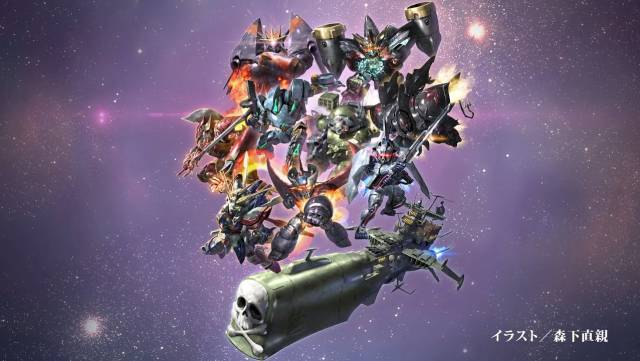
Perhaps when talking about mecha games, one of the sagas that immediately come to mind is this Bandai Namco franchise, a series of games that throughout its existence and different installments has brought together a wide range of characters and mecha of well-known Japanese anime series, without forgetting piloted ships and space battle cruisers that have also played a leading role, both emblematic and others not so relevant but with sufficient acceptance and quality to have a presence.
The origins of this franchise date back to the early 90s, having its first installment for the original Game Boy in 1991. Initially a spin off of the Compati Hero series, a series of games that mixed characters from the Gundam series with other In a tokusatsu style like Ultraman or Kamen Rider, with the passage of time and the successive installments the series became a best seller for Bandai at that time, having a presence through new titles, both readaptations of previous installments and other totally new ones. on different subsequent platforms and that to date accumulates a total of 16 million games sold in its almost 30 years of existence in the Japanese market.
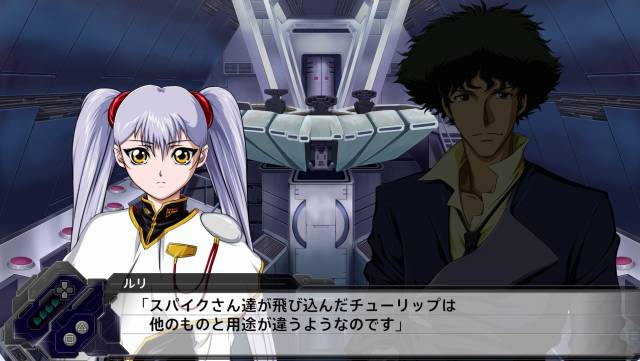
In its early years the roster available in these games was reduced to using characters from the Gundam series and the two outstanding works of Go Nagai: Mazinger Z and Getter Robo in their different incarnations. With each new installment, more characters were added to the controllable roster throughout the game, including other series such as Grendizer, Aura Battler Dunbine or Voltes V and then others more known among fans such as Evangelion, Macross, Martian Successor Nadesico, Brain Powerd, Full Metal Panic or more recently including some from series like Magic Knight Rayearth or Cowboy Bebop.
Each title focuses on telling an original story whose protagonist is configurable and who pilots his own mecha during the fighting, mixing the different characters from each of the narrative universes from which they proceed through various phases in which they would have to face the enemies that would appear on the stage and defeat them in order to progress in the game. The plot will capture in certain cases the most significant battles and moments of each of the series but with certain differences from the original material. Each unit selected to enter battle will gain experience by performing actions in combat, including attacking, defeating enemies, or defending, allowing them to level up and gain new abilities and special attacks. The latter are the highlight of the game, since the animations they offer, which have been improved through each game, show a faithful recreation of the most emblematic and significant movements of each of the mecha, such as the famous “Fists Out “from the Mazinger Z unit piloted by Koji Kabuto.
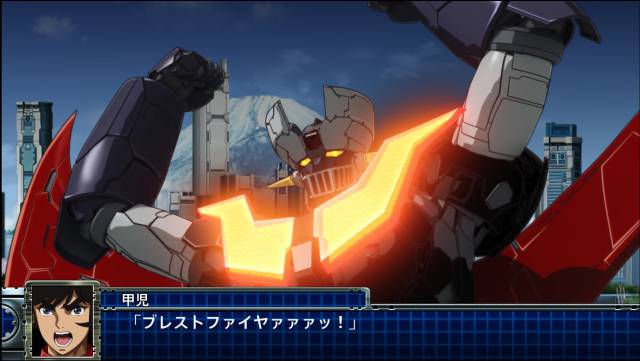
Apart from the main saga, with more than thirty titles to date, the series has an alternative aspect known as Original Generations that offers the same style of play but with the difference of having totally original characters for the occasion. The origins of this sub-series date back to the title Super Robot Wars: Masou Kishin appeared in 1996 for Super Nintendo, which was later adapted years later for Nintendo DS and PlayStation Portable and that would have sequels that would see the light both in the laptop of Sony as in its successor, PlayStation Vita, and PlayStation 3.
The presence in the West of this saga is testimonial, practically reducing the distribution in this territory to the two installments of Original Generations, which appeared on the Game Boy Advance in Europe in 2007. The rest of the games in the saga today They have barely had any glimpses of leaving Japan, however the latest games in the series have been translated into English in their versions for the Asian market, to which must be added the appearance on Steam of Super Robot Wars V, X and Original Generations: The Moon Dwellers within Asian countries, which opens the possibility that in the future the saga may be distributed in the West.
ARMORED CORE
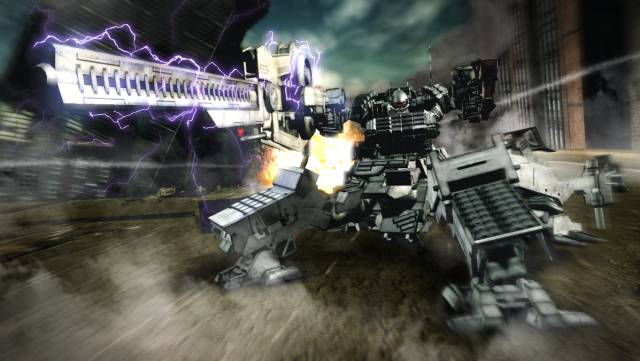
One of From Software’s featured sagas, with permission from Dark Souls and its other soulslike-style games, is Armored Core, a series of action mecha that has become popular through its various installments throughout its most of 20 years of existence, dating the first game of the series from 1997, appeared for the first PlayStation, and that to date has accumulated a wide number of titles that include both games of the main saga as spin offs and remasters.
The plot of the series takes place in a post-apocalyptic future where after a great cataclysm, humanity is forced to live underground for half a century, a period of time that corporations, faced with the ineffectiveness of governments to maintain control, achieve establish themselves to gain power, two of them being the ones that manage to stay and repeatedly confront each other, causing havoc among the surviving population. This situation is exploited by mercenary pilots, called Ravens, who carry out missions independently for each of these forces, piloting the robotic units called Armored Core, the character controlled by the player being one of them. Through the different installments the story has offered new story arcs through various time lapses and locations with new characters in its development, although the base of the series has remained the corporations being the great enemy to beat in each installment.

The development of the game offers various missions in which to fulfill the objectives proposed by it, which include facing and destroying other piloted units and other enemies, in order to earn money to improve the mechanized armor, Armored Core (translated as armored core) , and face new increasingly complex and challenging assignments. On the other hand, depending on the accepted missions, the orders of another faction would be blocked in addition to the fact that the consequences of each order would only be seen after completing the same, leaving the decision to the player himself. Depending on the performance in each mission, the damage and the resupply of ammunition would be deducted from the total earnings of the order while in the case of failure it would be deducted from the total balance of the player.
The gameplay of the game would be developed in a TPS cutting system in which to control the movements of the Armored Core using the equipped weapons, associated with each of the buttons on the controller, to destroy both the enemies that will make an appearance as targets for the fulfillment of the order. The customization of the robot would be extensive, being able to choose between different types of weaponry and parts for a wide variety of resulting designs, including the possibility of selecting the color of the parts as an additional incentive. On the other hand, throughout the series new game modes were included, such as the arena mode that would allow to face other Core pilots and their custom units, and also online game options.
ANOTHER CENTURY’S EPISODE
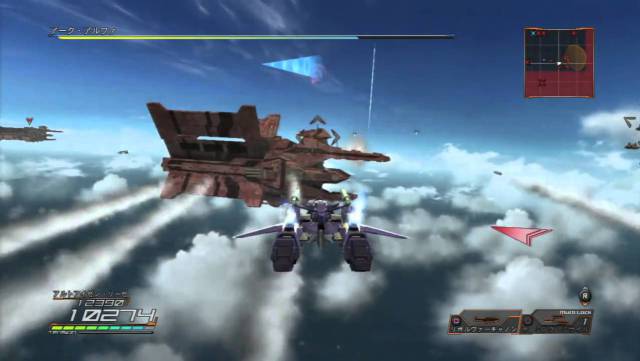
One of the franchises that has come closest to what was seen in Super Robot Wars, offering in turn a wide cast of characters and mechs taken from several animated mecha franchises with the difference that in this case the gameplay is more oriented to the action, similar to that seen in the Zone of the Enders series. Curiously, Banpresto was also in charge of certain aspects of this saga, specifically its distribution in Japanese lands, while the games were programmed by From Software, Yui Tanimura being the director of the first title of this franchise, who would later be one of the managers of directing the sequel to Dark Souls years later.
The series would have five titles in total, four of which would offer a story that would unfold in each of its installments, which appeared on PlayStation 2 and PlayStation 3, while the last one, for PlayStation Portable, would be limited to offering a series of missions in which to fulfill objectives and fight bosses. For its part, the roster of pilots and selectable mechs would increase with each installment, offering the last of them, Episode R appeared on PS3, the most complete roster including series such as Gundam Crossbone, Code Geass R2, Overman King Gainer or Macross Frontier.
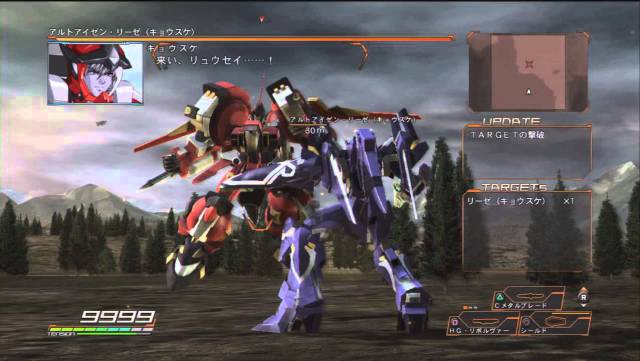
The development would allow to select a character from each of the series and take control through different missions in which to fulfill the established objectives, which would be previously shown in the Briefing previous selection screen. In Episode R, the opening missions of each arc offer a recreation of the highlights of each series, such as selecting the characters from Full Metal Panic where you have to defeat the Behemoth robot in the same way as in the animated series (as happens in episode 12 of the same), while the rest of the missions present original scenarios in which to overcome the different proposed objectives, both eliminate objectives and defeat bosses. In between, other recreations would be offered that would serve as a common link in the development of the game, as in the case of Episode R, which includes several phases of the main plot related to the climax of Macross Frontier.
By completing missions, both the pilot and the selected mecha would gain experience that could be invested in improving the parameters of each of them, thus increasing their effectiveness in combat, while completing each of the story arcs would unlock new ones to play. As an additional detail, Episode R and Portable would include the option to load custom tracks to play during the game.
GUNPARADE MARCH
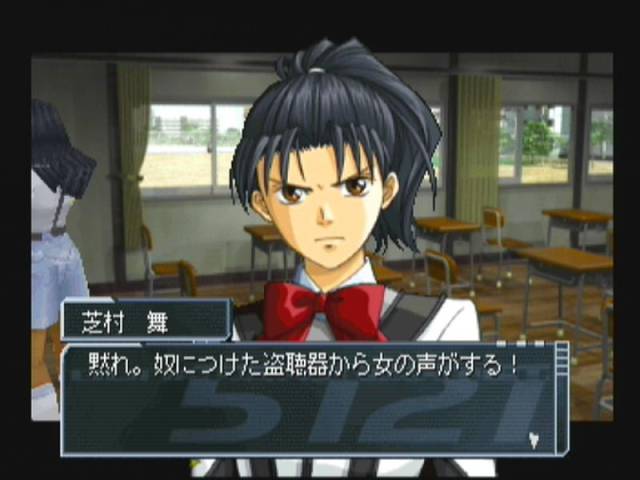
This science fiction title would appear for PlayStation in Japanese lands in 2000, being firstly a title with a discreet presence but that through word of mouth, ended up becoming a prominent title that would get the Seiun Awards the following year and praise from critics, while increasing the reputation of his programming studio, Alfa System, which would later work on the development of games like the Tales of the World: Radiant Mythology trilogy of games, the two Phantasy Star Portable installments and Oreshika: Tainted Bloodlines.
The story of the game tells how a race of invaders called Phantom Beasts (Genjyu in the original) that appear on Earth during World War II, specifically in 1945, which causes the conflict to stop while the focus is focused on stopping the advance of this new enemy. The war continued until the action was centered in 1999, with the aliens having taken control of half the planet and putting the human race in check. To combat them, the Humanoid Walking Tank (HWT) units are used as the main means with which to stop their advance. Japan, faced with the shortage of soldiers trained to fight, begins to have students whom it prepares through a special program that will allow them to carry out their academic teaching while training to combat the threat. The game focuses on Platoon 5121 as they try to balance their confrontations with the aliens while trying to lead a normal life.
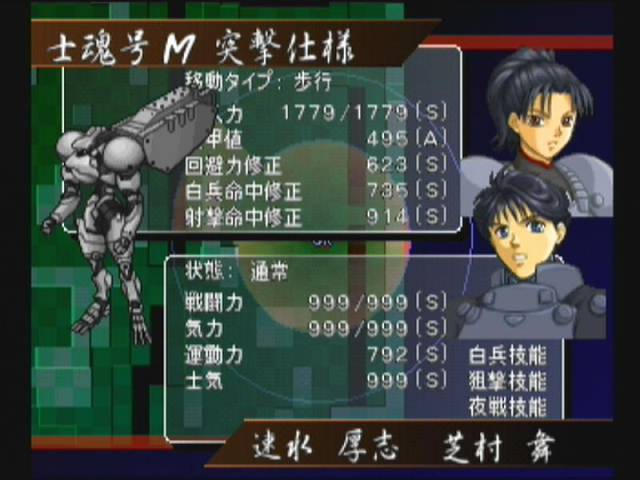
The game would combine adventure parts using 3D graphics along with illustrations and texts in the style of visual novel, being able to control the main character, Atsushi Hayami, and take him through different locations to interact with other characters while training and improving the protagonist together with his companions to prepare for the battles against the aliens. The interface in these phases would offer a simple visual style showing allied and enemy units on a radar-like map, something that would serve as inspiration for the recent title 13 Sentinels: Aegis Rim from the Vanillaware studio, performing the engagements in turns executing the different each unit’s attacks to defeat enemies, with game engine sequences after each turn that would show allied and enemy attacks executed after each action.
The success of the game would allow it to have an animated adaptation that would be broadcast in 2003 and later would have a spin off, Gunparade Orchestra, which would be broadcast in anime format during 2005 and 2006 and that would have a trilogy of games for PlayStation 2, which would take advantage of the capabilities of the Sony console to offer a renewed graphic section while having a combat system that would offer the control of different tanks with which to deal with alien threats.
